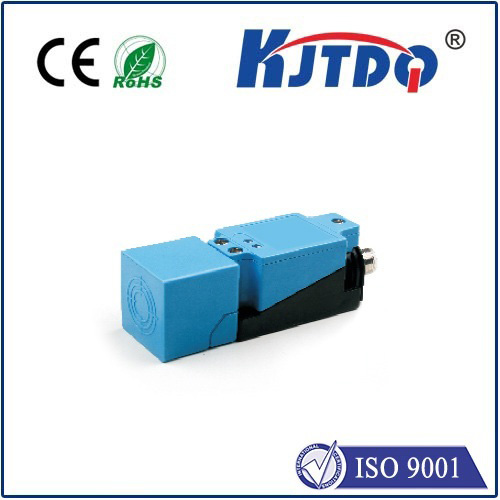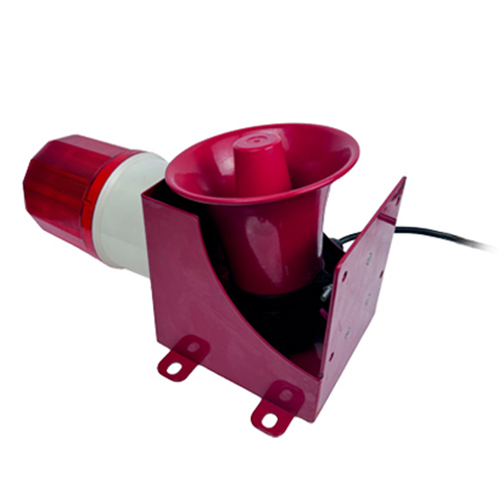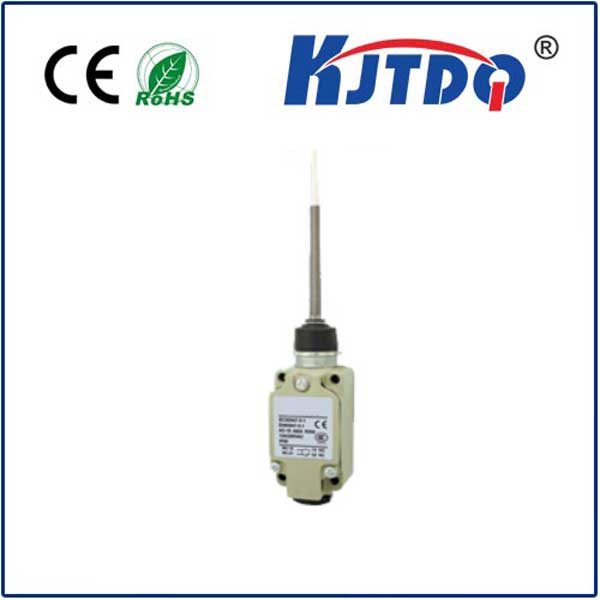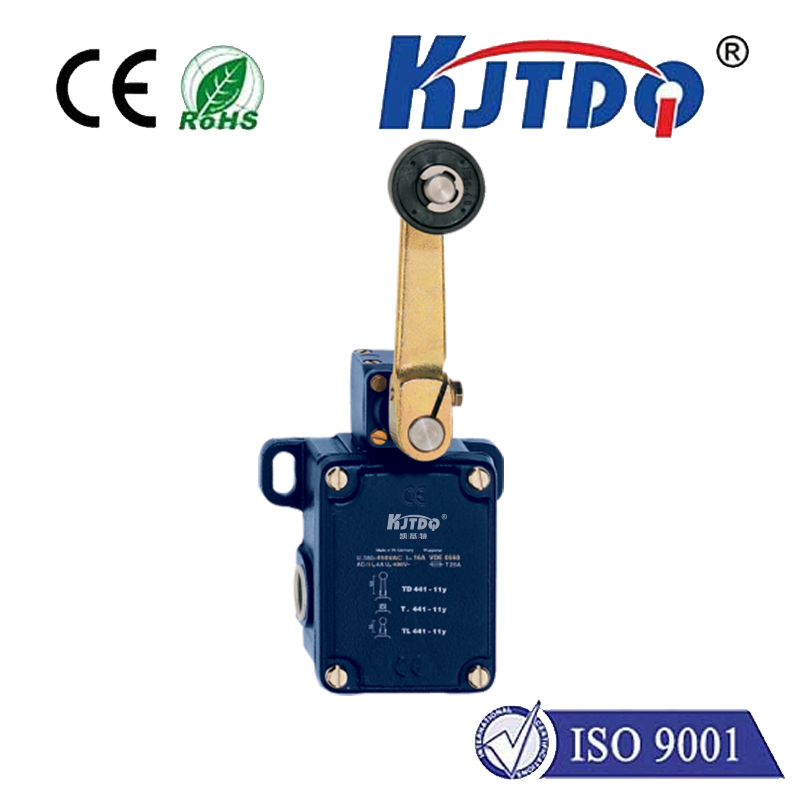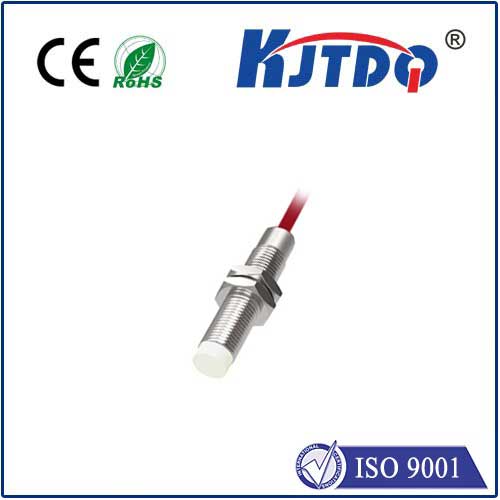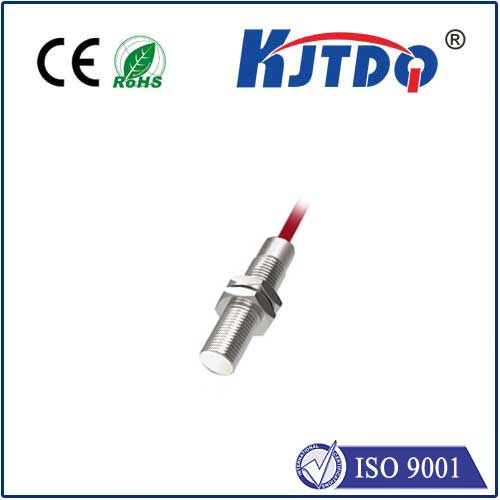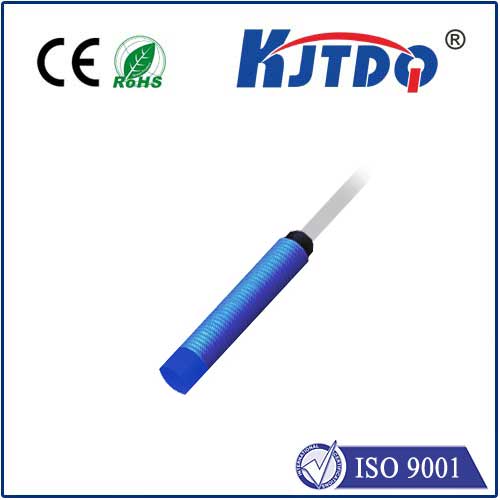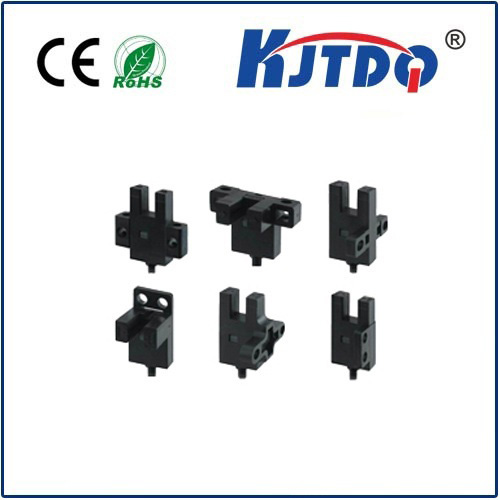

check

check

check

check
Ever notice how complex machinery seems to know exactly when to stop, reverse, or change operation? Often, this silent orchestration relies on an unsung hero of industrial control: the rotating cam limit switch. More than just an on/off trigger, this robust electro-mechanical device is a cornerstone of precision, safety, and reliability in countless automation systems. Understanding its function reveals why it remains a preferred solution for demanding position-sensing tasks.
Understanding the Core Mechanism
At its heart, a rotating cam limit switch combines two fundamental components: a robust switching element and a precisely profiled rotating cam. The switch itself typically houses heavy-duty electrical contacts designed to handle significant current loads and withstand millions of operations. The critical genius lies in the rotating cam. This actuator arm, often made from hardened steel or durable polymer, is physically coupled to the moving part of the machine it needs to monitor – like the shaft of a conveyor drive, the lead screw of a linear actuator, or the rotating drum of a crane.
As the machine component moves, it drives the rotation of the cam. Mounted adjacent to the cam is the switch body. Strategically positioned around the switch are adjustable operating heads or fingers. As the cam rotates, its unique profile engages these operating heads at precisely defined angular positions. This physical engagement directly acts upon the switch mechanism.
The Act of Precision Engagement

This physical interaction is key. When the rotating cam lobe pushes against an operating head:
Why Choose a Rotating Cam Switch? Key Advantages
In an era of sophisticated sensors, the cam limit switch persists due to compelling advantages:
Where Precision Meets Practice: Common Applications
The rotating cam limit switch excels in scenarios demanding ruggedness and definitive position confirmation:
Customization is Key
The effectiveness of a cam limit switch often lies in tailoring it to the application. Cams can be custom-profiled for non-linear motion requirements or specific timing sequences. Operating heads come in various styles (roller, plunger, wobble stick) to suit different cam profiles and engagement dynamics. Environmental protection ratings (IP65, IP67, NEMA 4, NEMA 4X) ensure reliable operation whether facing washdowns, foundry grit, or coastal salt air. Choosing the right configuration is crucial for optimal performance and longevity.
Beyond the Basics: A Complementary Technology
While proximity sensors and encoders offer valuable capabilities, they operate on different principles. The rotating cam limit switch provides distinct advantages in situations demanding:
The Silent Sentinel
In the complex symphony of automated machinery, the rotating cam limit switch plays the vital role of a precise conductor. Its unassuming mechanical interaction – a rotating cam definitively engaging a switch – delivers the unambiguous signals industrial controls rely upon for safety, precision, and repeatability. Its robustness and reliability stem from fundamental mechanical principles, making it a trusted component wherever demanding conditions meet critical positioning tasks. From ensuring a crane doesn’t over-travel to guaranteeing a press stops at the exact bottom of its stroke, these devices embody the principle that sometimes, the most effective solutions are elegantly mechanical. Their continued presence is a testament to doing one critical job exceptionally well.
